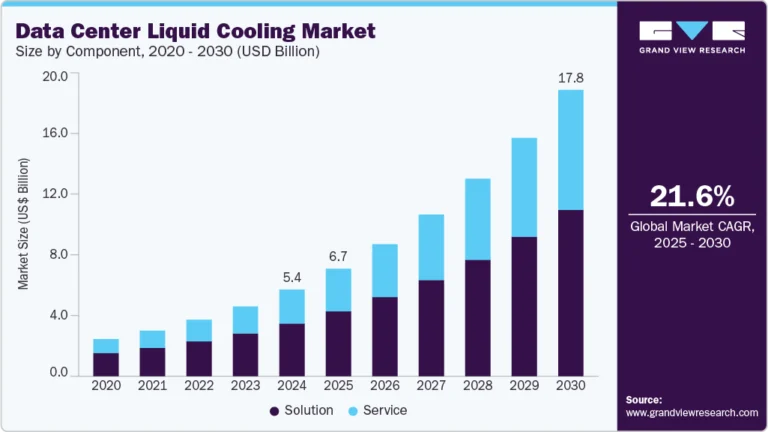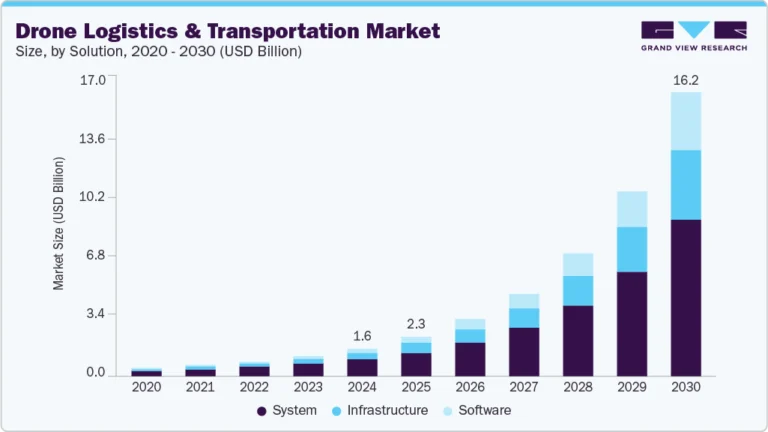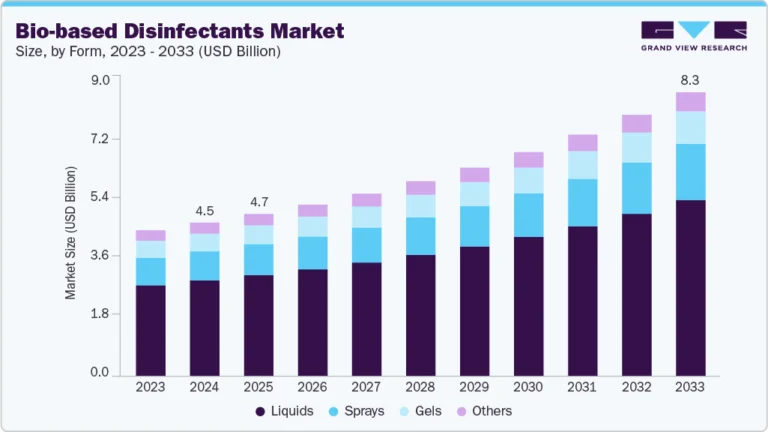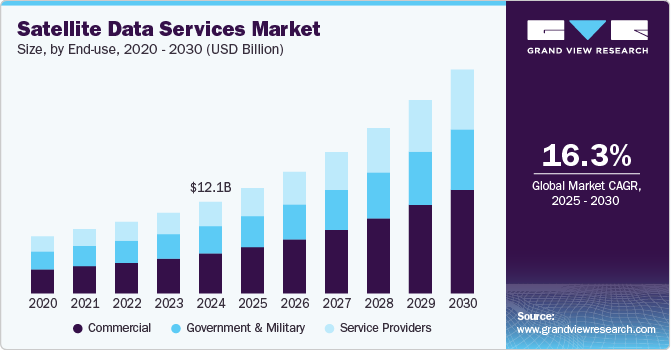Ultra Wideband Market Size, Share & Trends Analysis growing at a CAGR of 17.7% from 2024 to 2030
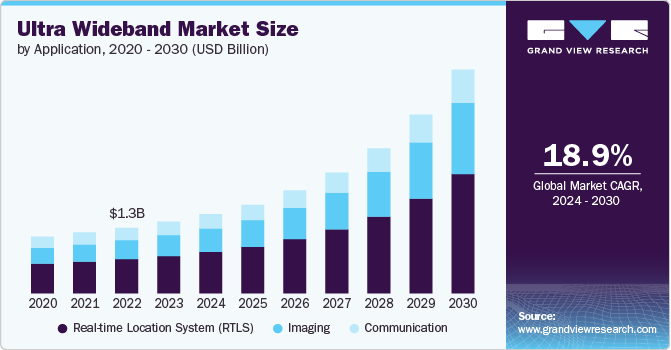
The global ultra wideband market size was estimated at USD 1,400.2 million in 2023 and is projected to reach USD 4,369.4 million by 2030, growing at a CAGR of 17.7% from 2024 to 2030. The market growth is attributed to several factors, such as increasing demand for precise location tracking and real-time data transmission in various industries such as healthcare, automotive, and consumer electronics.
Key Market Trends & Insights
- In terms of region, North America was the largest revenue generating market in 2023.
- Asia Pacific is expected to witness the highest CAGR over the forecast period.
- In terms of segment, RTLS accounted for a revenue of USD 1,400.2 million in 2023.
- RTLS is the most lucrative application segment registering the fastest growth during the forecast period.
Market Size & Forecast
- 2023 Market Size: USD 1,400.2 Million
- 2030 Projected Market Size: USD 4,369.4 Million
- CAGR (2024-2030): 17.7%
- North America: Largest market in 2023
Request a free sample copy or view report summary: https://www.grandviewresearch.com/industry-analysis/ultra-wideband-market-report/request/rs1
The proliferation of IoT devices and smart infrastructure projects is significantly boosting the adoption of ultra wideband (UWB) technology, as it offers superior accuracy and low power consumption compared to other wireless technologies. In addition, the rising trend of contactless payments and secure access systems is further propelling the market, with UWB being a preferred choice due to its enhanced security features.
UWB technology rapidly evolves and focuses on improving accuracy, range, and power efficiency. One significant trend is the miniaturization of UWB chips, enabling their integration into smaller devices such as wearables and IoT sensors. In addition, the convergence of UBW with other technologies is also gaining traction. For instance, combining UWB with Bluetooth Low Energy (BLE) enhances device discovery and pairing processes. Furthermore, integrating UWB with artificial intelligence (AI) and machine learning (ML) algorithms improves location prediction and context-aware services.
This miniaturization is coupled with advancements in low-power designs, extending battery life in UWB-enabled devices. The evolution of ultra wideband technology is also marked by its growing interoperability with other wireless communication standards such as Bluetooth and Wi-Fi. This interoperability enhances the versatility of UWB applications, allowing seamless integration into existing communication networks. Furthermore, advancements in UWB antennas and signal processing algorithms improve the range, accuracy, and reliability of UWB systems, making them more attractive for a wider range of applications, from smart home automation to precision agriculture.


